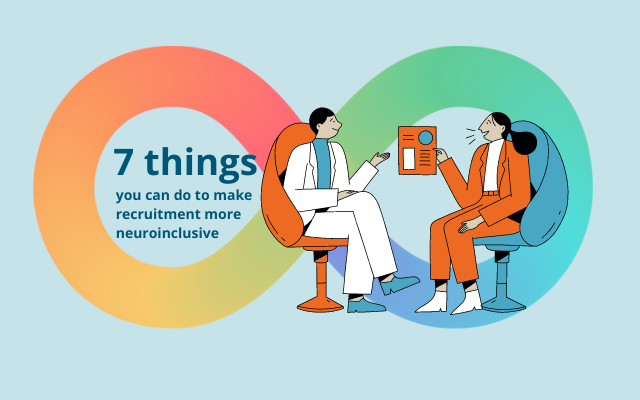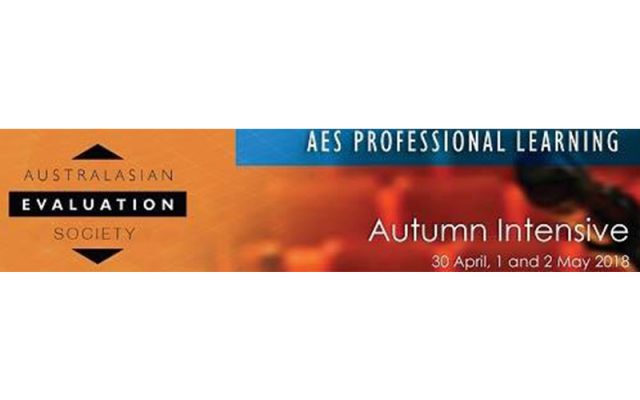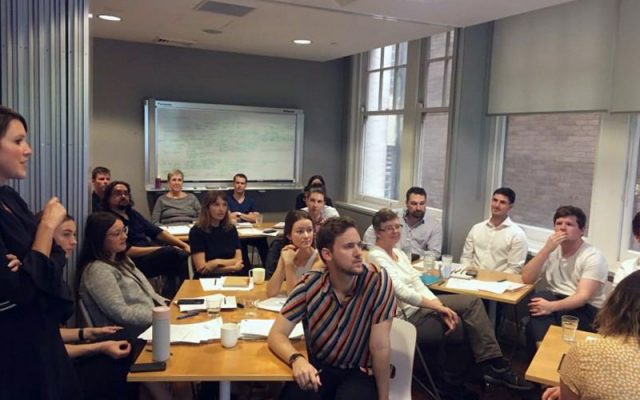
7 tips: Neuroinclusive hiring practices for neuroinclusive workplaces
ARTD is an advocate for developing neuroinclusive workplaces, both through our work with organisations such as Amaze and in our own approach to workplace development. This is important because 1 in 3 Autistic people that are in the labour force are unemployed (compared with 1 in 6 people with disability, and 1 in 30 Australians more broadly). For other neurodivergences, the statistics are similar. In an era of “full employment”, that situation is unacceptable. Which implies that the system of hiring is broken. We need to rethink how we are hiring, supporting and developing staff so that we address this and other inequities. This article looks at that first step, and how we changed our process to improve accessibility.
In reviewing the hiring process we had as a guiding framework universal design principles. We had the following rationale: if we can make the process supportive and inclusive for neurodivergent people we can create a fairer and more equitable recruitment process for all candidates. This isn’t just about candidate support either – a fair and equitable hiring process enables a better workforce and helps to foster a psychologically safe environment. This translates to greater employee wellbeing and productivity.
In our review of the hiring process, we deconstructed our approach and rebuilt every step from the perspective of how we could make it inclusive as possible for all candidates. At every stage we asked ourselves “why do we do it this way?” and asked “are there barriers that could stop someone from participating in the process, or stop them from showing their potential to us?”
We could write a lot about how we modified our approach, but I want to give you 7 key points to think about the hiring process:
Every step must be accessible.
From advertisement to final interview, think about whether people may be excluded from the process and how accessibility can be increased. A myth of universal design is that there is a “one size fits all” solution; in fact, a universal design approach often involves having multiple options for access. For example, we provide options for interviewing depending on a person’s preference – in person, by video, and asynchronous interviewing (using email or other channels, because not everyone is comfortable on camera). We are also open to other ways of engaging with the interview process.
Use task-based recruitment.
We know that interviews can be difficult and don’t really show the person’s skills; as an Autistic person I know that it takes a lot of energy for me to engage in an interview process, and I’ve lost track of the number of interviews that I have fluffed because of a missed social cue or errant response to a question. So we incorporate task-based activities, which give all candidates a chance to show their skills using an evaluation case study. It allows candidates to show both what they know as well as their thought processes and focus areas, and that gives us a much better understanding of the candidate.
Send out interview questions ahead of time.
This is by far the easiest change to make your process more inclusive for neurodivergent people. It costs nothing, and benefits everyone. Yet so many employers find this revolutionary. It’s simple. If you send out questions ahead of time, people can process the information, draw on their experience and knowledge and give you a considered, articulate answer. It allows everyone to show their best self, not just those who can think on the fly. Better answers means better hiring. And it also makes for a more transparent and consistent interview process, when everyone knows that they are getting asked the same questions.
Make your location neutral for in-person interviews.
There is always a power dynamic in the interview process, and while it’s not always possible, if you can interview people somewhere that’s not the office, it helps to create a psychologically safe environment where the interview is more of a conversation than an inquisition.
Interview based on your values.
I’ve written elsewhere on the danger of hiring for “culture fit” and the importance of “value fit”, but for neurodivergent candidates this is a big factor driving unemployment. Neurodivergent people have a different way of thinking, feeling and knowing. They share values but these manifest differently. It’s important, therefore, to understand a person’s values to know if they align with your organisation. We rebuilt our entire interview questions from the ground up as a result. Every question is tied to one of our values, which allows us to understand how candidates interpret that value and live that value in practice.
We decide quickly.
The job hunt is stressful for everyone, and for neurodivergent people uncertainty can be a driver of anxiety. So we resolved to move quickly and with purpose in the recruitment process, so that we can make good decisions and minimise that uncertainty for people. That meant communicating timelines as well as the decision process so that we didn’t leave candidates waiting. When the previous steps are followed, it turns out making an informed decision is easier and quicker.
Debrief candidates (and your team).
We can’t hire everyone, and there will almost always be more candidates than there are jobs. But if we continue to turn down candidates without giving them feedback that could support them in other applications, we’re contributing to sustained unemployment. So we offer candidates the chance to debrief by video or by email as they prefer. We also evaluate the recruitment process to understand what worked and what can be done to improve accessibility and quality.
Some of these steps require an investment of time and money. But we believe it is worth it. I recently heard someone refer to recruitment as a “cost centre”, that is, it doesn’t contribute to the financial success of the company. I disagree, especially as it implies that we should make recruitment cheaper, rather than focus on the return on investment from high quality recruitment activities. Moreover, recruitment is, whether you like it or not, tied to marketing and strategy. It is a touchpoint for your organisation and needs to be reflective of the values; a negative candidate experience is no different from a negative customer service experience.
These steps also benefit all candidates. That is, after all, the goal of good universal design. But for neurodivergent people, that can mean the difference between meaningful employment and continued unemployment, and when we have people meaningfully employed, they can contribute to their full potential. And when that happens, we all benefit.




